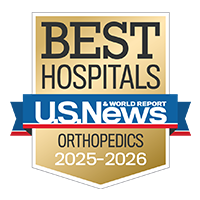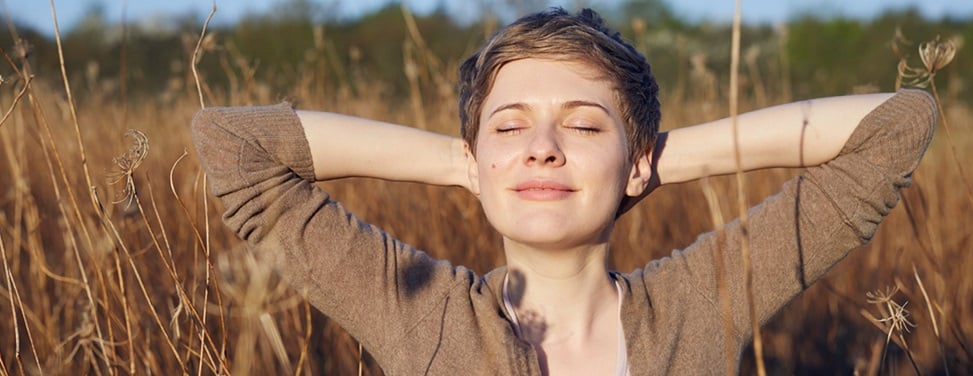Glenoid Labrum Tear

Overview
The glenoid, or socket joint of the shoulder, is surrounded by a fibrocartilaginous supporting structure called the labrum. Injuries to the tissue surrounding the shoulder socket can be caused by acute trauma or repetitive shoulder motions. Examples include falling on an outstretched arm, a direct blow to the shoulder, sudden pull or a violent overhead reach, such as occurs when trying to stop a fall or slide. Throwing athletes and weight lifters can experience tears due to repetitive shoulder motion.
Tears can be located either above (superior) or below (inferior) the middle of the glenoid socket. A SLAP lesion (superior labrum, anterior [front] to posterior [back]) is a tear of the rim above the middle of the socket that may also involve the biceps tendon.
Our approach to glenoid labrum tear
UCSF is committed to helping patients with glenoid labrum tears recover function and build strength. Our team includes orthopedic surgeons, shoulder and other joint specialists, primary care physicians trained in sports medicine, physical therapists and athletic trainers. We work together to tailor a treatment plan to each patient's needs and goals.
Treatment for a glenoid labrum tear usually begins with rest, anti-inflammatory medications and physical therapy. We offer the full range of physical rehabilitation treatments, including exercise regimens, functional activities and neuromuscular reeducation, in addition to providing information and instruction. Patients who continue to experience pain, shoulder instability or limited range of motion may choose to have surgery. Our orthopedic surgeons are experts in minimally invasive techniques, using small incisions and specialized instruments to repair the injury and facilitate healing.
Awards & recognition
-

Among the top hospitals in the nation
-

Best in Northern California and No. 6 in the nation for orthopedic care
Signs & symptoms
Signs and symptoms of glenoid labrum tears include:
- Pain, usually with overhead activities
- Catching, locking, popping or grinding
- Occasional night pain or pain with daily activities
- A sense of instability in the shoulder
- Decreased range of motion
- Loss of strength
Diagnosis
Diagnosis is made through taking a patient's medical history, performing a physical examination and taking X-rays.
Treatments
Until the final diagnosis is made, your physician may prescribe anti-inflammatory medication and rest to relieve symptoms. Rehabilitation exercises to strengthen the rotator cuff muscles also may be recommended. If these conservative measures are insufficient, your physician may recommend arthroscopic surgery. An arthroscope is a miniature television camera on the end of a flexible tube that can be inserted directly into the joint through a tiny incision. The surgeon uses the broadcast images to guide his movement of miniature instruments, also inserted through tiny incisions. Because this type of surgery doesn't require a large incision, recovery time is much shorter.
During the surgery, the doctor will examine the rim and the biceps tendon. If the injury is confined to the rim itself, without involving the tendon, the shoulder is still stable. The surgeon will remove the torn flap and correct any other associated problems. If the tear extends into the biceps tendon or if the tendon is detached, the result is an unstable joint. The surgeon will need to repair and reattach the tendon using absorbable tacks, wires or sutures.
UCSF Health medical specialists have reviewed this information. It is for educational purposes only and is not intended to replace the advice of your doctor or other health care provider. We encourage you to discuss any questions or concerns you may have with your provider.









